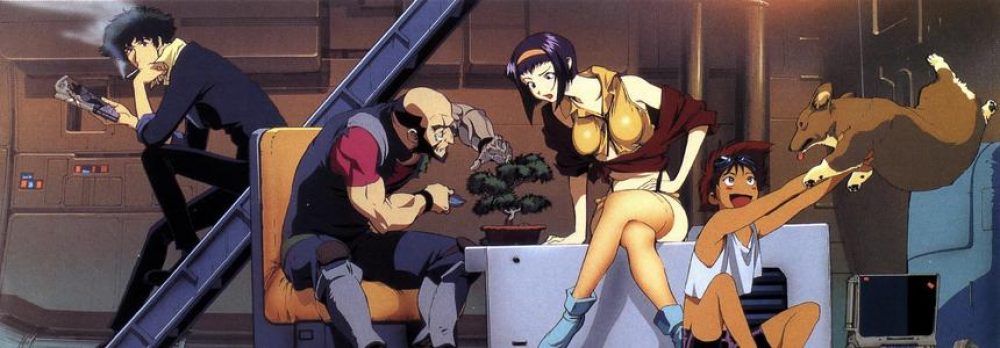This is the clip I choosed:
It can be seen that there is no very exaggerated performance in the film, which is also a big difference between the live-action film and the animation. In a live-action movie, the actor and the director create this role together. There are many uncontrollable factors, such as micro-expressions or detailed actions. But in animation, all elements in the screen are controlled by creators, so as an animator, we should consider the information conveyed by all content.
Exaggerated poses and motion ranges are kind of a common technique in animation. From this perspective, I divided the entire performance into three parts.
- Passionate speech
We are going to win this war, because we have the best man!
In this line, the most important thing is the change in the character’s mood, from the impassioned ness at the beginning to the daze. I added the gesture of waving and raising the head. In order to better guide the audience’s sight, the character always performs with only one hand. I chose the word “best” as the emotional turning point. Although the voice changes in the word “man”, the general needs to spot this thin soldier in advance. The emotional change will take some time to transition.
- Daze
After the general’s mood changed, there was a period of sluggishness, and in this part, I decided to deepen his disappointment. No dialogue means I can put more performance on the body and expression of the character. So I asked the thin soldier to give the general an embarrassed smile. The soldier tried to relieve the embarrassment, but it made the general’s disappointment worse. Here the general made a more popular disappointment, that is, he wiped his face and exaggerated his body. Language can bring exaggerated expressions.
- Cheer up
And because they are going to get better, much better.
The general cheered himself up again after a disappointment. From disappointment to cheer up, there was a process of raising his breath. The general who had been bent over stood up again here, but no longer looked up, lowered his head to speak, and waved his hands, as if he was encouraging himself. In the end, I want the general to look at the thin soldier, or to the camera, to make the sentence ‘much better’ more targeted or firmer.
This is my current Acting record:

